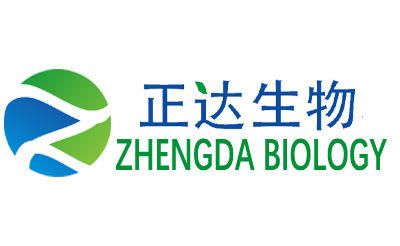Gelatin in the Food Industry – Applications, Trends, and Innovations
In the food industry, gelatin plays a critical role in product development thanks to its ability to form gels, bind ingredients, and create smooth textures. As consumer demands evolve, so do the uses and innovations surrounding gelatin.
Main Applications in Food
Confectionery
Gelatin gives chewy candies like gummies and marshmallows their characteristic texture and bounce.
Dairy and Desserts
Used in yogurts, mousses, panna cotta, and custards to stabilize and maintain smoothness.
Meat Products
In aspics and canned meats, gelatin acts as a binder and improves mouthfeel.
Beverage Industry
It’s used to clarify juices and wines by binding with particles that cause cloudiness.
Current Trends
Clean-label products: With increasing demand for natural ingredients, gelatin is favored for being additive-free and minimally processed.
Protein enrichment: Functional foods with added health benefits often include gelatin as a source of collagen protein.
Plant-based alternatives: Though not gelatin itself, the growing vegan market is driving innovation in plant-based gelling agents like agar and pectin.
Innovations and Future Outlook
Bioactive peptides from gelatin hydrolysate are being researched for targeted health benefits.
Edible packaging films made from gelatin are emerging as eco-friendly alternatives to plastic.
3D food printing may soon use gelatin to construct customized meals or textures.
Conclusion
Gelatin remains a foundational ingredient in the modern food industry. Its adaptability and functional benefits make it a key player in both traditional and future-forward food production.

